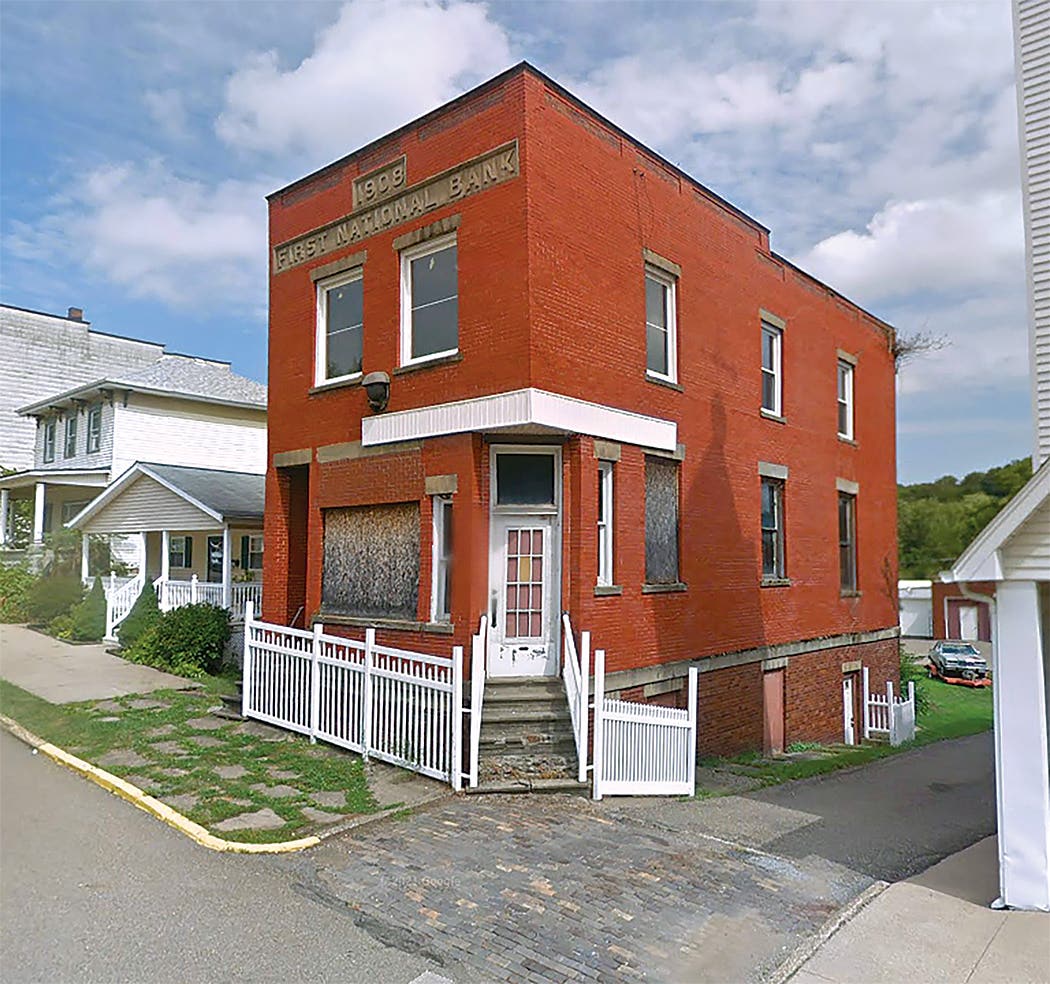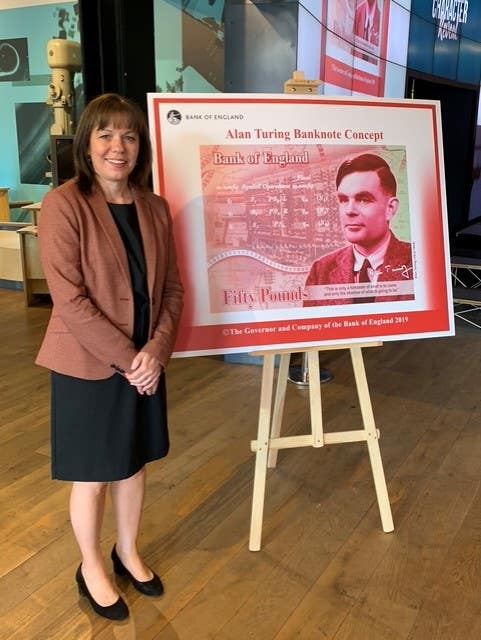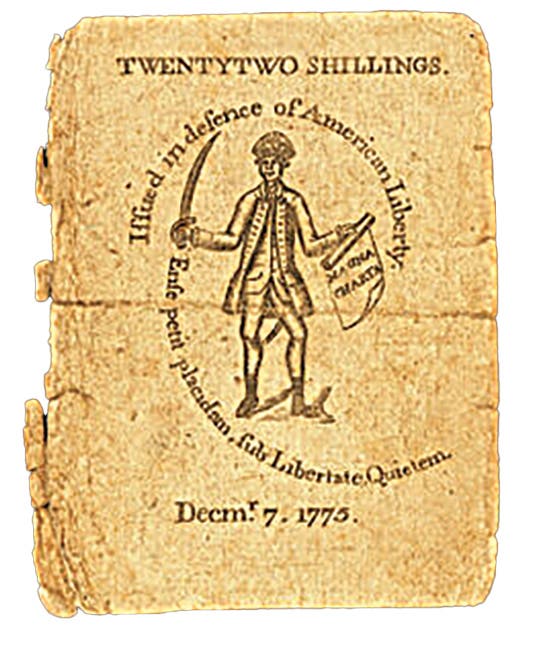Ferries and Railroads: Journey to National Banks
This month, Hotz of the Press travels to historic Brunswick, Md., and quaint Ashland, Virginia.
Recently, I made a short trip to the Shenandoah Valley of Virginia and Richmond and located some quaint towns along the way. So, this month, we’ll be looking at historic Brunswick, Md., and quaint Ashland, Va.
US 340 in Maryland passes by historic Harpers Ferry, W.Va., a town of unparalleled importance in the events leading to the American Civil War. Once a significant mill and factory town, Harpers Ferry sits at the confluence of the Potomac and Shenandoah Rivers and was the location in 1859 of a U.S. military arsenal. It was here that abolitionist John Brown, determined to seize the 100,000 weapons at the U.S. Arsenal and to use the Blue Ridge Mountains for guerrilla warfare, launched his raid on Sunday evening, Oct.16, 1859. His 21-man “army of liberation” seized the arsenal and several other strategic points. Thirty-six hours after the raid began, with most of his men killed or wounded, Brown was captured in the Armory fire-engine house (now known as “John Brown’s Fort”) when U.S. Marines stormed the building. Brought to trial at nearby Charles Town, Brown was found guilty of treason, conspiring with slaves to rebel, and murder. He was hanged on Dec. 2, 1859. John Brown’s short-lived raid failed, but his trial and execution focused the nation’s attention on the moral issue of slavery and headed the country toward civil war.
The story of Harpers Ferry is more than one event, date, or individual. It involves a diverse number of people and events that influenced the course of our nation’s history. Harpers Ferry witnessed the first successful application of interchangeable manufacture, the arrival of the first successful American railroad, John Brown’s attack on slavery, the largest surrender of Federal troops during the Civil War, and the education of former slaves in one of the earliest integrated schools in the United States.
Brunswick, Md., a small town in southern Frederick County, is the first exit off US 340 just north of the Potomac River. The area now occupied by the town was part of a 200-acre 1780 land grant. The location on the river was perfect for ferries, and the town grew around the seven ferries operating in Virginia. In 1834, both the Baltimore & Ohio (B&O) Railroad and the Chesapeake & Ohio Canal came to the town, bringing more commerce and growth. The town had many names: Tankersville, Potomac Crossing, Berlin, and Barry. In 1890, the town was renamed Brunswick by the B&O Railroad because of the many residents living here who came from Brunswick, Germany, to work on the railroad.
The Peoples National Bank of Brunswick received charter #8244 in April of 1906. The town was small and isolated, so the bank was never very large. It circulated a total of $334,000 in national bank notes until it was liquidated at the beginning of May 1934. This bank was typical of many that were solvent at the time of the famous “Bank Holiday” of 1933. It voluntarily liquidated and then immediately reorganized and reopened under a new charter but virtually the same name. Accordingly, the People’s National Bank in Brunswick received charter #14044 in 1934 and issued an additional $50,000 in Small Size Type 2 notes from 1934-1935.
For a small-town bank, notes from Brunswick are generally available. A dozen Large Size and 20 Small notes (including a serial #1 uncut sheet) are known from the first bank; from the charter #14044 successor, another 40+ notes are reported. I have included photos of a variety of issues from this bank.
Brunswick itself bears a very historic appearance, and its odd and shifting elevations make its streets interesting to traverse. The Peoples National Bank building is easily found on State Route 71 as it winds into town. The building, erected circa 1916, is little changed and still very impressive, though no longer a bank. The town is full of antique shops, malls, and other businesses catering to tourists who stop by on the way to or from Harpers Ferry.
From Brunswick, we head next to Ashland, Va., which I visited on the way back from Richmond a few months back.
Ashland is a small town in Hanover County, about 10 miles north of Richmond at the juncture of US 1 and State Route 58. It is easily reached from I-95. Developed by the railroad as a mineral springs resort, the origin of the town dates to the late 1840s. Officially incorporated on Feb. 19, 1858, the town was named “Ashland” after native son Henry Clay’s estate in Kentucky. In 1868, Randolph-Macon College, the oldest Methodist-affiliated college in continuous operation in the United States, moved to Ashland because of post-Civil War financial difficulties. The college’s Ashland campus was placed on the National Register of Historic Places in 1979. The construction of U.S. Route 1, and later I-95, further shaped the character and development of the town. Its proximity to Richmond provides small-town life for many who work in the state capital.
The First National Bank of Ashland, charter #11978, opened in 1921, succeeding the Bank of Ashland. It was a very small-town bank with a total issue of just $247,000 over 14 years. The bank survived the end of the national currency era. Currently, seven Large and three Small notes are reported (amazingly, one of the Small notes known is a mismatched charter number example!) Notes from this bank are seldom available and generally in good demand. I obtained a rather high-grade Large-size note from this bank three years ago after looking for one for a while; a photo is included with this article. Note the excellent stamped signatures of Nelson Vaughn, cashier, and C. Walton Saunders, president.
The town itself has grown considerably, and its historic downtown is now surrounded by all the effects of modern suburbanization. The old town is bisected by the railroad, which still runs down the middle of Main Street, requiring those crossing the street to traverse the tracks (See photo). The old bank building, originally the Bank of Ashland, was erected in 1919 and still stands in all its majesty. It is well-preserved and serves as an office building. I have included a postcard view circa 1940 and a modern picture.
Ashland is full of quaint shops and modern amenities. It is just a mile from Interstate 95 and well worth a visit if one is traveling north or south along that route. Ashland has all the modern amenities coupled with historic structures and Southern charm.
Readers may address questions or comments about this article or national bank notes in general to Mark Hotz directly by email at markbhotz@gmail.com.
You may also like:








